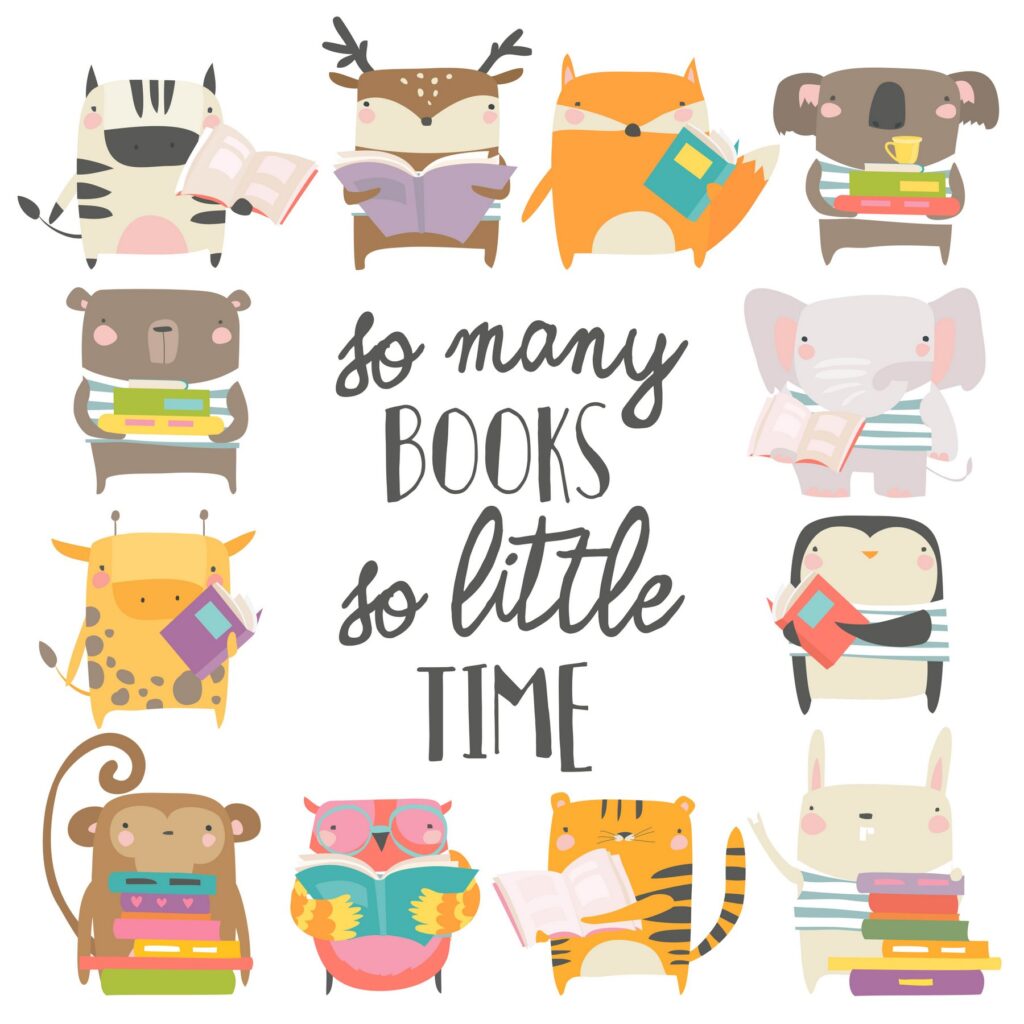Kids who read books often may find that their future is full of possibilities — for more reasons than one.
In fact, frequent readers — defined as children who read books for fun 5 to 7 days a week — differ substantially in a number of ways from those kids who read books for fun less than one day a week.
Differences between frequent readers and infrequent readers
Among children ages 6 to 11, frequent readers read an average of 43.4 books per year, whereas infrequent readers read only 21.1. There is an even more profound difference among frequent readers ages 12 to 17, who read 39.6 books annually, and infrequent readers, who read just 4.7 books.
Scholastic, the global children’s publishing, education and media company, released these and other esults from the fifth edition of the Kids & Family Reading Report, a biannual national survey of children ages 6 to 17 and their parents exploring their attitudes and behaviors around reading books for fun.
The report explored the reading attitudes and experiences that most influence children’s reading habits, including reading aloud at home, independent reading at school and presence of books in the home.
Key findings revealed predictors of reading frequency, the importance of reading aloud to children at various ages, how frequently children have opportunities to read for pleasure at school and much more.
For the first time, the survey also includes data from parents of children ages 0 to 5 to shed a light on the role parents play in children’s literacy development before they enter school.
Powerful predictors of reading frequency
The report asked what makes children frequent readers, creating two models for predicting children’s reading frequency — one each among kids ages 6 to 11, and 12 to 17 — constructed through a regression analysis of more than 130 data measures from the survey.
Across both groups, three powerful predictors that children will be frequent readers include:
— the child’s reading enjoyment,
— parents who are frequent readers, and
— the child’s belief that reading for fun is important.
Additional factors that predict children ages 6-11 will be frequent readers are:
— the child is currently read aloud to at home,
— the parent reports having read aloud to their child 5-7 days a week before he or she entered kindergarten,
— the child expresses a desire for books that “let me use my imagination” and that “have characters that look like me,” and
— the child is less likely to use a computer for fun 5-7 days a week.
Additional factors that predict children ages 12-17 will be frequent readers are:
— the child has an opportunity to read a book of choice independently during the school day,
— the child says he or she reads more books overall since reading ebooks,
— the child has been told his or her reading level, and
— the parent(s) help find books for the child and use specific strategies to encourage reading for fun.
The importance of reading aloud
Key findings from the newly surveyed group of parents with children ages 0 to 5, as well as the children and parents ages 6 to 17, shine a light on reading aloud at home. The research found:
— More than half of children ages 0-5 (54%) are read aloud to at home 5-7 days a week. This declines to only one in three kids ages 6-8 (34%) and to one in six kids ages 9-11 (17%); four in 10 children ages 6–11 who are no longer read books aloud at home (40%) say they wished their parents had continued reading aloud to them.
— Nearly three-quarters of parents with children ages 0-5 (73%) say they started reading aloud to their child before age one, but only 30% say they began before the age of three months.
— Six in 10 parents with children ages 0-5 (60%) have received advice that children should be read aloud to from birth; however, just under half of parents in the lowest-income households (47%) received this advice, versus 74% in the highest-income households. (Also see Read to me! Setting the path for your kids.)
Reading independently at school
The study reveals that time for independent reading at school also plays a role in children’s reading attitudes and behaviors — particularly for children from lower-income homes:
— One-third of children ages 6 to 17 (33%) say their class has a designated time during the school day to read a book of their choice independently, but only 17% do this every or almost every school day.
— Half of children ages of these ages who read independently as a class or school (52%) say it’s one of their favorite parts of the day or wish it would happen more often.
— Sixty-one percent of children ages 6 to 17 who live in the lowest-income households say they read books for fun mostly in school, or the same amount in school and at home, while only 32% of children of the same age group who live the highest-income homes say the same.
“Parents, teachers and librarians all want to help children develop into frequent readers, and the [2015] Kids & Family Reading Report provides important insights on how a child’s reading experience can be guided both at home and at school to help develop a lifelong love of reading,” says Francie Alexander, Chief Academic Officer at Scholastic.
“Our research shows that providing encouragement and time both in school and at home for children of all ages to enjoy books they choose to read will help them discover the power and joy of reading,” she says. “These tactics will also help to motivate kids to read more books, which will improve their skills and open a world of possibilities for them in the future.”
What makes frequent readers: The most powerful predictors (infographic)
Information and infographic provided by Scholastic (2015). “What Makes Frequent Readers” from Kids & Family Reading Report, 5th edition; www.scholastic.com/readingreport












